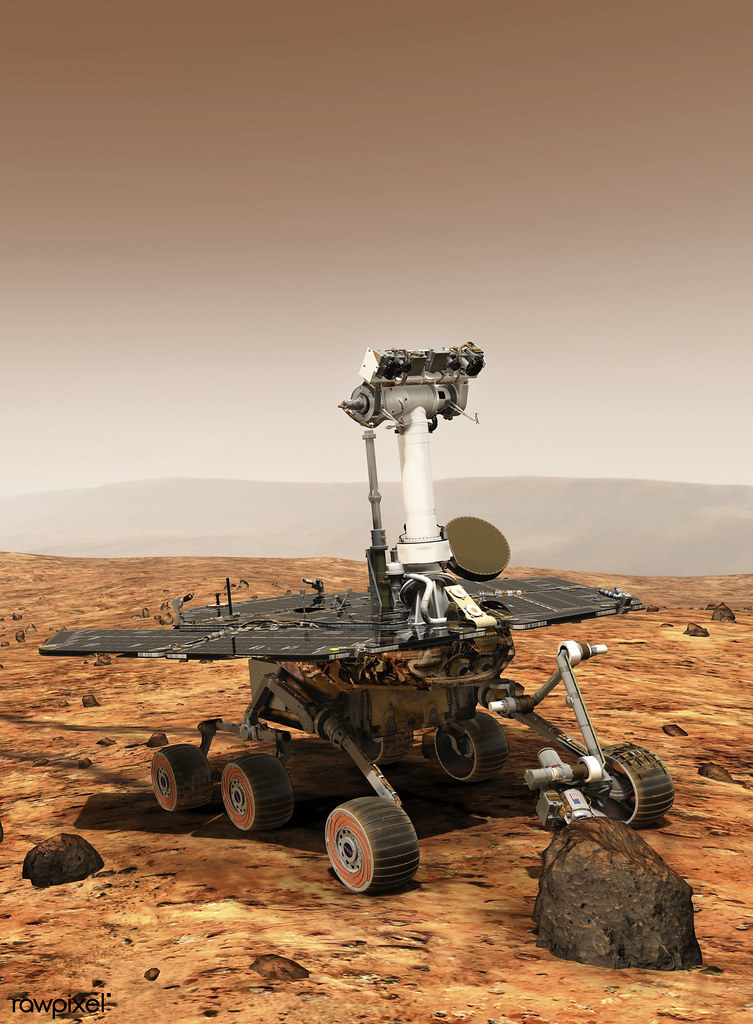
For generations, the Red Planet has captured humanity’s imagination, a beacon of possibility shimmering just beyond our reach. From ancient stargazers to modern scientists, Mars has symbolized the next great frontier, a world waiting to be explored by human footsteps. Yet, despite decades of robotic exploration and remarkable technological advancements, sending humans to Mars remains one of the most formidable challenges ever conceived, pushing the very boundaries of what we understand about space travel, engineering, and human endurance.
Indeed, while spacecraft have successfully landed on Mars, including NASA’s Perseverance and China’s Zhurong rovers, and beamed back invaluable information, the leap to human presence is monumental. According to experts like Michelle Rucker, lead of NASA’s Human Mars Architecture Team, and Jeffrey Sheehy, chief engineer of the NASA Space Technology Mission Directorate, the obstacles can be distilled into a few overarching problems: “Get there, land there, live there and leave there.” Astronaut Stan Love further elaborates on these hurdles, emphasizing that while not impossible, the endeavor is undeniably “hard,” demanding an open-eyed, clear understanding of every single challenge.
This journey into the realm of human Mars missions is not about despair, but about understanding the profound scientific and engineering puzzles that must be solved. It’s a testament to the ingenuity and perseverance required to transform a distant dream into a tangible reality. We embark on an exploration of the fundamental reasons why Mars, for now, remains an elusive, almost impossible destination for human explorers, beginning with the sheer cosmic expanse that separates us from our crimson neighbor.

1. **Sheer Distance and Cosmic Isolation**The most immediately apparent obstacle to reaching Mars is the astronomical distance separating it from Earth. The Red Planet is, at its closest, about 34 million miles (55 million kilometers) away. However, this distance is far from constant, fluctuating dramatically as Earth and Mars orbit the Sun at different speeds and distances. To truly grasp the scale, consider the International Space Station, orbiting a mere 250 miles above Earth – a familiar presence in our skies. The Moon, at 250,000 miles, is already a thousand times further than the ISS, a journey only six crews have ever made.
Mars, at its furthest, stretches an astounding 250 million miles from Earth. Stan Love eloquently compares this to the difference between walking across a living room and trekking to Tibet, or between driving to a gas station and traveling to Europe. This makes Mars a staggering one thousand times further into space than the Moon, and an almost inconceivable one million times further than the International Space Station. Such vastness means that travel times are inherently long, demanding vehicles and systems that can function flawlessly for extended periods.
A typical round-trip trajectory to Mars involves roughly nine months to get there, a year spent on the surface, and another nine months for the return journey. This equates to a commitment of two and a half to three years away from Earth. During this entire period, there are no stores, no easy resupply options, and no quick aborts. As Stan Love vividly puts it, once you’ve done that burn and headed off to Mars, you cannot abort and say, ‘no, I don’t like this, I’m coming home.’ This commitment, coupled with the profound isolation of being a ‘dot’ in the vastness of space, far beyond any human help, is a major psychological and logistical hurdle.
Read more about: Echoes of Genius: Unpacking the Profound Legacies of 10 Iconic Scientists Who Redefined Our World
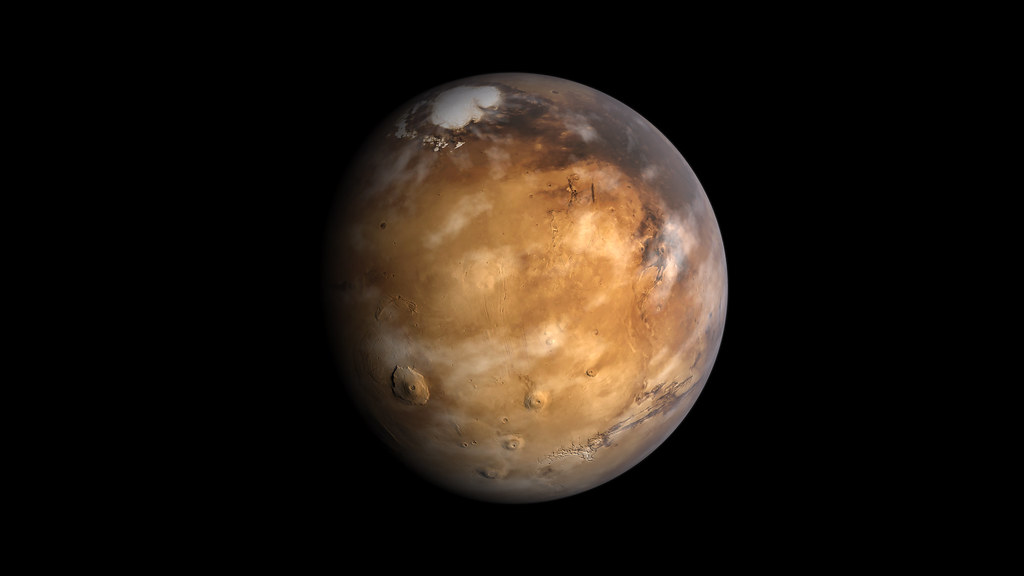
2. **The Unforgiving Orbital Dance and Commitments**Beyond the sheer distance, the dynamic orbits of Earth and Mars introduce a critical constraint: timing. Due to their differing orbital paths and speeds around the Sun, there are only specific, optimal periods to travel between the two planets. These launch windows, as they are known, occur approximately every 26 months. Missing such a window means waiting over two years for the next opportunity, making every mission launch a high-stakes event with immense lead times and irreversible consequences if missed.
Not all 26-month windows are created equal. Jeffrey Sheehy points out that there’s a larger, roughly 15-year cycle where the alignment is even more favorable, allowing for potentially quicker or less demanding missions. However, optimizing a vehicle for this rare ‘golden window’ would mean it acts as a “one-trick pony,” limiting flexibility for other years. This cyclical nature dictates not just when we can go, but also the overall duration and commitment required for the mission. The journey is not a flexible road trip; it is a precisely choreographed dance with celestial mechanics.
Once committed to a Mars trajectory, astronauts are locked into a predefined mission profile. After the approximately nine-month transit to Mars and a successful landing, the crew must then wait for another launch window—about one Earth year or half a Martian year—for the planets to realign properly for the return trip. This means spending a significant amount of time on the Martian surface before the window back to Earth opens. There are theoretical ‘touch-and-go’ opportunities, such as flybys utilizing Venus’s gravity to shorten the return trip to 12-18 months, but these add significant complexity, including the need for additional heat shielding for a closer approach to the Sun. As Stan Love highlights, the pros and cons of such alternative trajectories have been debated extensively, without a clear victor, underscoring the lack of an easy solution for shortening the multi-year commitment.
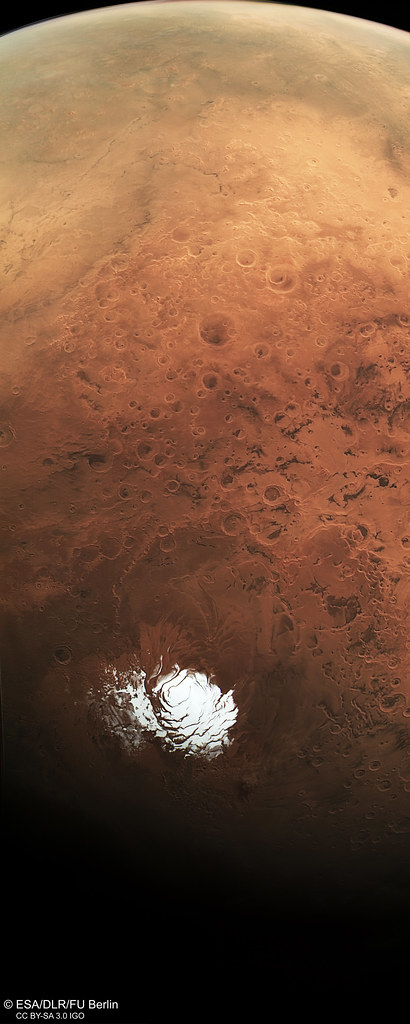
3. **The Propulsion Predicament: Powering the Journey**To bridge the immense distances and meet the tight orbital windows, sufficient propulsion is paramount. Most rockets that have propelled spacecraft beyond Earth’s atmosphere have relied on chemical propellants. However, for a human mission to Mars, an all-chemical propulsion system presents substantial challenges. The sheer volume of fuel required for such a long and demanding journey would necessitate an enormous amount of space on the spacecraft, making it impractical for the longest travel times. Jeffrey Sheehy emphasizes that current chemical systems are simply not optimal for the scale of a human Mars mission.
To reach Mars quicker and more frequently, more advanced propulsion systems are indispensable. Sheehy explains that a system based on nuclear thermal propulsion or nuclear electric propulsion would be far more effective. These technologies, which his organization is actively developing, would offer greater thrust and efficiency, allowing for faster transits and potentially reducing the mission’s overall duration. The concept of demonstrating such a fission surface power system on the Moon is already part of NASA’s future plans, illustrating the foundational steps being taken towards this crucial technological leap.
Even with advanced propulsion, the sheer size of the spacecraft required for a human Mars mission is daunting. Sheehy and Rucker estimate that a vessel carrying humans to Mars would need to be at least the size of a football field in length, depending on the chosen propulsion system and the number of crew members. This scale, ranging from slightly smaller than the International Space Station to significantly larger, demands unprecedented engineering and manufacturing capabilities. Furthermore, while getting off Earth requires enormous energy, Stan Love notes that a significant amount of propulsion is also needed to slow down upon approaching Mars, highlighting that “in space, there are no free lunches.” This energy budget for deceleration adds another layer of complexity to the propulsion challenge, ensuring that the journey is not just fast, but also controllable at its destination.

4. **Landing on a Knife’s Edge: The Mars Deceleration Dilemma**Reaching Mars’ orbit is merely half the battle; the subsequent challenge of safely landing on the Red Planet is equally, if not more, formidable. Mars possesses an atmosphere, unlike the Moon, which offers both a blessing and a curse. While this atmosphere can be used for aerobraking—using atmospheric drag to shed speed—it is too thin to effectively land heavy human-carrying spacecraft with conventional parachutes, as we do on Earth with its thick atmosphere. This necessitates innovative and robust deceleration technologies for a controlled, soft landing.
NASA is actively developing solutions to this problem, including an inflatable decelerator. This device acts like a ‘reverse parachute,’ designed to protect and slow the landing craft as it penetrates the Martian atmosphere. Following this initial atmospheric braking, the craft would require something like supersonic retropulsion—essentially powerful jets firing downwards—to reverse its massive thrust and gently bring the vessel to the ground. To validate this complex system, NASA plans to launch and test such a system in Earth’s orbit, then land it back on Earth, simulating the demanding conditions of a Martian descent.
The scale of a human lander dwarfs previous robotic missions. While the one-ton Perseverance rover utilized a daring ‘sky crane’ system, lowering itself via cables from a hovering platform, a human lander is projected to weigh around 40 tons. This immense weight means the sky crane approach will not suffice. Stan Love elaborates on the complexity, noting that a human lander needs to be robust enough for astronauts to live in for a year, not just a fragile science package. The engineering challenge lies in designing a system capable of slowing such a massive payload from kilometers per second to a gentle touch down, without the extreme G-forces that would incapacitate or kill a human crew. Unlike rover landings that used airbags and bounced multiple times—one even bouncing 18 times into a crater—human landings demand precision and softness, ensuring the survival and well-being of the precious cargo within.

5. **The Human Factor: Physiological and Psychological Hurdles**Beyond the technological and astrophysical challenges, the human element presents its own unique set of profound obstacles. Humans evolved over millennia to thrive in Earth’s atmosphere and gravity. Prolonged exposure to low gravity, confined spaces, and extreme isolation during a months-long transit to Mars poses significant physiological and psychological risks. Scientists are diligently studying how astronauts on the International Space Station cope with low gravity and isolation, and how their bodies re-adapt upon returning to Earth, gaining critical insights into bone density loss, muscle atrophy, and cardiovascular changes.
Further research is underway through initiatives like NASA’s CHAPEA, a year-long Mars simulation designed to inform scientists about potential problems arising within a small group of people during a protracted mission. Similar studies in extreme environments like Antarctica also provide valuable data on how humans manage long-term isolation and unexpected challenges. Michelle Rucker humorously, yet pointedly, illustrates the psychological toll: “If you are tired of the food you’re eating you can’t say ‘Let’s order a pizza.’” The continuous close proximity to a small group of individuals, without external contact or novel experiences, demands exceptional mental fortitude and robust interpersonal dynamics.
The Artemis mission, aimed at establishing a sustainable presence on the Moon, is also a crucial stepping stone. Many of the technologies for day-to-day living and understanding how living conditions affect people on the Moon will directly inform future Mars missions. Astronaut Stan Love, with his experience in flight analog programs on land and underwater, knows firsthand the difficulties of placing people in alien environments. He stresses the need for reliable life support systems, including oxygen, water, and even the humble toilet, which becomes an integral part of the water and oxygen supply. The thought of a mission failing because “the toilet broke” underscores the critical importance of every seemingly mundane detail for human survival far from Earth.
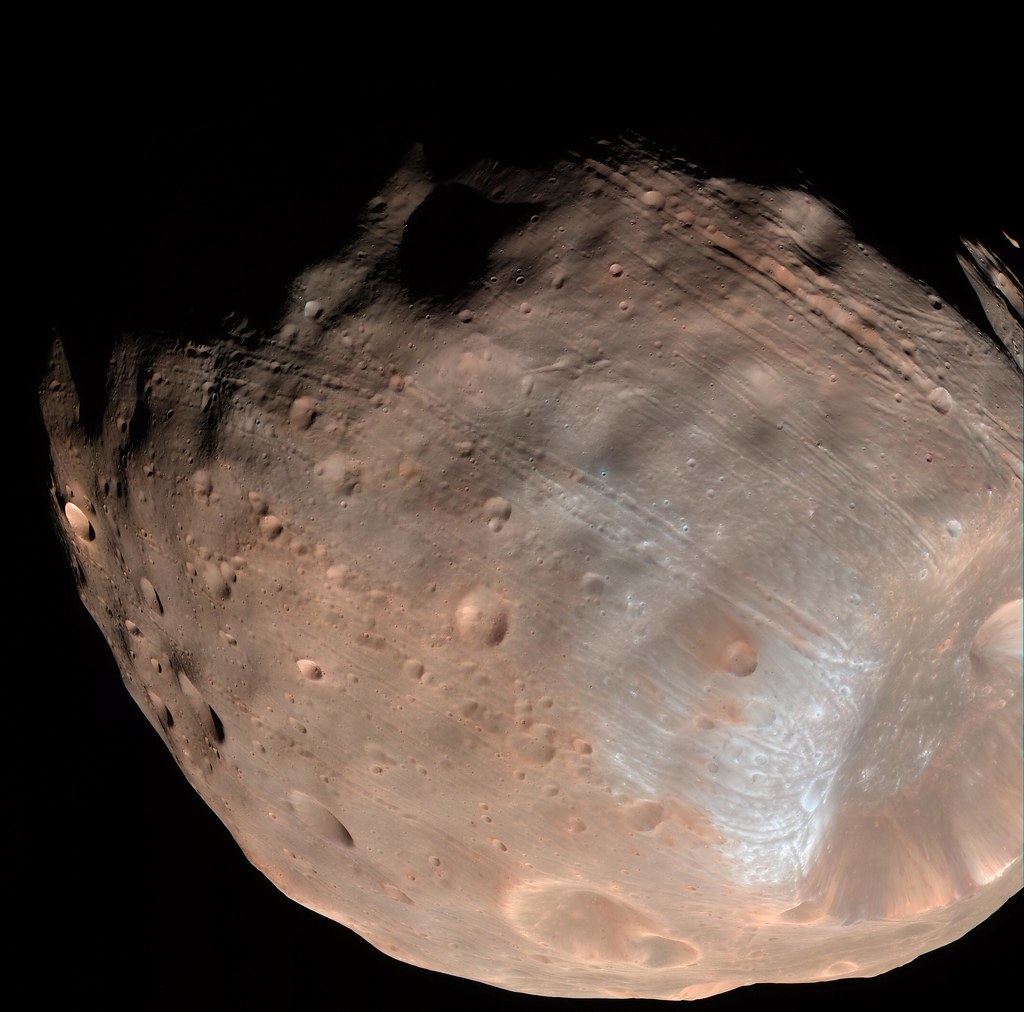
6. **The Silent Killer: Radiation and Planetary Protection**One of the most insidious and deadly threats to human life in deep space and on the Martian surface is radiation. Earth benefits from a robust magnetic field and a thick atmosphere that act as natural shields, protecting us from harmful cosmic rays and solar flares. Mars, however, lacks a significant global magnetic field and its atmosphere is extremely thin, offering minimal protection against this relentless bombardment of high-energy particles. This makes the journey to and residence on Mars a continuous exposure to dangerously high levels of radiation.
Astronaut Love starkly highlights this danger, explaining that on Mars, you would need “30 feet or so dirt over your head to block the cosmic rays.” This means that the idyllic images of domes and above-ground habitats often depicted in science fiction are largely untenable for long-term human survival. The reality is far more challenging: any sustainable human presence on Mars would likely necessitate living predominantly underground, shielded by the Martian regolith itself. The alternative, living in exposed habitats, would subject astronauts to a constant barrage of radiation, leading to a significantly increased risk of cancer and other serious health issues. As Love grimly notes, “nobody wants to emigrate to Mars to live in a room the size of a bathroom until they die of cancer three years later.”
This need for extensive radiation shielding permeates every aspect of a Mars mission, from spacecraft design to habitat construction. The mass required for such shielding adds immense weight to the spacecraft, further compounding the propulsion challenges. It also dictates the very architecture of a Martian base, shifting from lightweight surface structures to heavily protected subterranean dwellings. Mitigating the radiation threat is not merely a matter of comfort but of fundamental survival, making it a pivotal factor in determining whether human missions to Mars can be conducted safely and sustainably. Without adequate protection, the dream of walking on Mars would quickly turn into a fatal reality for its pioneers.

7. **The Menace of Martian Dust Storms**Once humans successfully navigate the vast cosmic distances and execute a precarious landing, they will be greeted by another pervasive and potentially debilitating challenge on the Martian surface: its ubiquitous dust and the formidable storms it generates. While astronauts on the Moon contended with fine, abrasive lunar dust that clung to everything and caused irritation, Mars presents an even more dynamic and potentially catastrophic dust environment. This constant presence of airborne particles isn’t just an annoyance; it’s a fundamental threat to equipment, habitats, and even human health.
The Martian dust itself, though perhaps less sharp than lunar regolith due to erosive forces, is swept up into planet-engulfing tempests that can rage for months. A stark reminder of their power came in 2018 when the NASA Opportunity rover fell silent after being engulfed by a particularly bad storm, ultimately ending its mission. While researchers have diligently studied these Martian dust storms, gathering invaluable data, Michelle Rucker, lead of NASA’s Human Mars Architecture Team, admits they are still not entirely certain if they have witnessed the worst of these natural phenomena.
Beyond the direct risk of damaging sensitive equipment or coating solar panels to render them useless, these massive storms pose significant operational hurdles for human explorers. They can dramatically reduce visibility, making extravehicular activities (EVAs) hazardous or impossible. Prolonged periods of darkness caused by dust-laden skies would also severely impact any solar-powered systems, demanding robust alternative power sources and careful planning to ensure continuous operations and survival during these extended atmospheric disturbances.
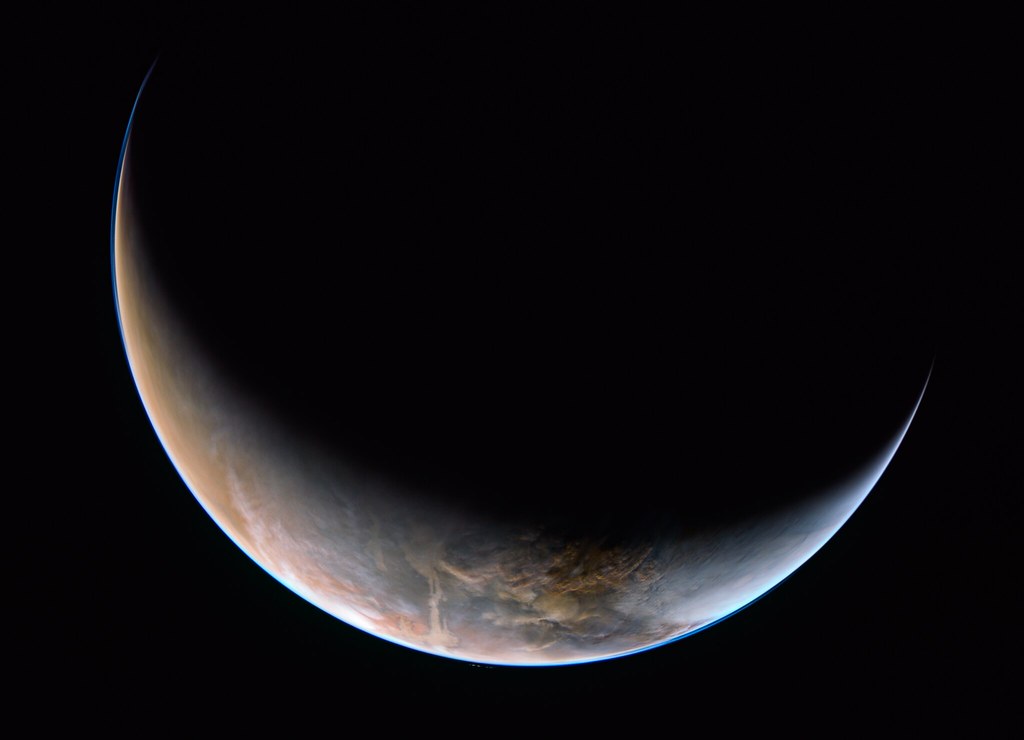
8. **In-Situ Resource Utilization (ISRU): Living Off the Martian Land**Sending humans to Mars means confronting the monumental logistical challenge of carrying everything needed for a multi-year mission from Earth. The sheer volume of supplies, especially rocket propellant for the return journey, would be astronomically impractical to transport across 34 to 250 million miles. This daunting reality necessitates a paradigm shift: instead of bringing everything, explorers must learn to “live off the land” by manufacturing essential resources directly on Mars. This revolutionary concept is known as In-Situ Resource Utilization, or ISRU.
The primary target for ISRU on Mars is the production of rocket propellant for the journey home. Fortunately, Mars’ thin atmosphere contains both carbon dioxide and trace amounts of water vapor—key ingredients for creating fuel. Scientists envision bringing a compact chemical factory, rather than an aircraft carrier’s worth of liquid rocket fuel, that can convert these indigenous Martian resources into usable propellants like methane and liquid oxygen. This would drastically reduce the launch mass required from Earth, making the entire mission more feasible.
However, the implementation of such a system is far from simple. Astronaut Stan Love points out that while this approach avoids hauling massive propellant tanks from Earth, it requires transporting a “big dang chemical refinery.” This refinery must be robust, reliable, and capable of producing rocket fuel of sufficient purity to ensure engines function correctly and safely. The process demands meticulous engineering and a deep understanding of Martian environmental chemistry, presenting a complex but vital hurdle for achieving sustained human presence on the Red Planet.
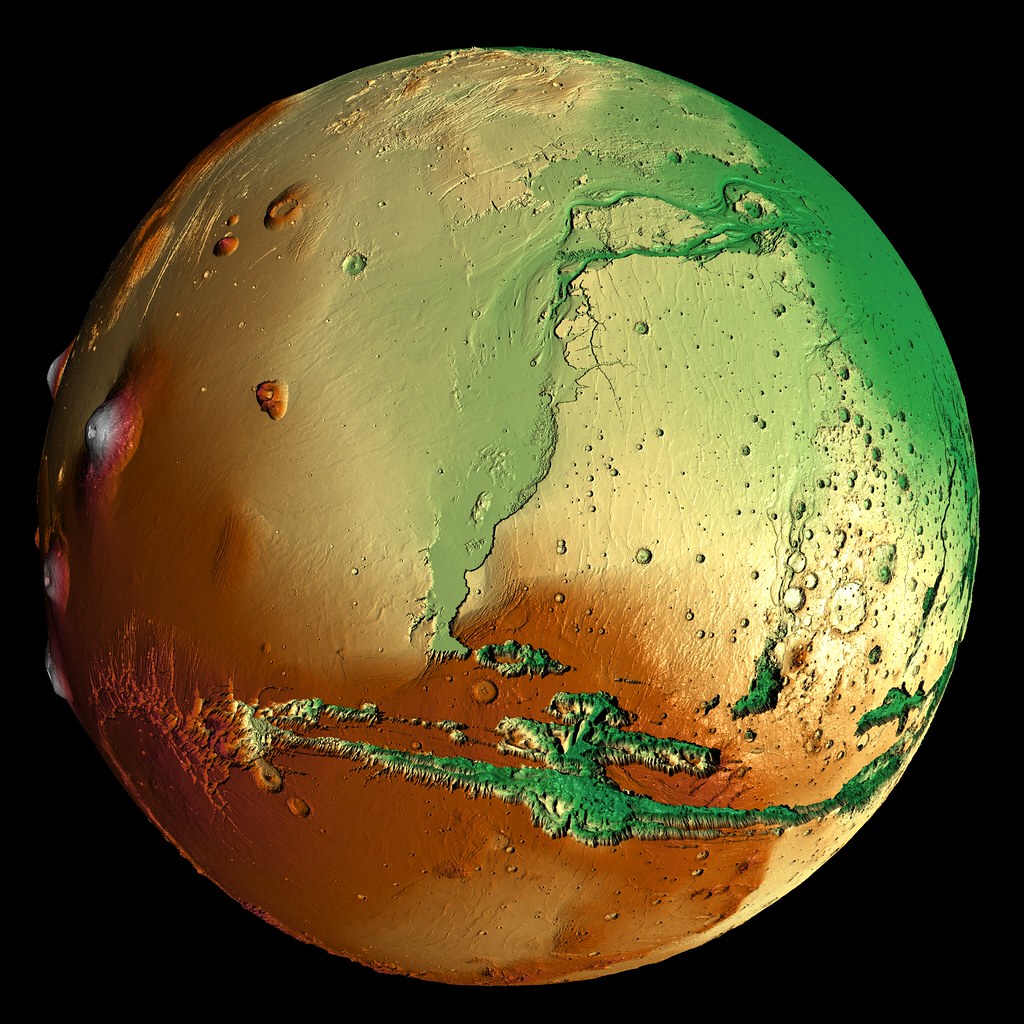
9. **The Lagging Link: Communication Delays with Earth**One of the most isolating aspects of a human mission to Mars will be the profound communication delays with Earth. Unlike the near real-time conversations enjoyed by astronauts on the International Space Station, the immense distance to Mars ensures that dialogue will be anything but instantaneous. Astronaut Stan Love vividly describes this challenge: it can take as long as a 40-minute round-trip between asking a question from Mars and receiving an answer from mission control on Earth.
This significant time lag profoundly impacts every facet of mission operations, from routine communications to critical decision-making in emergencies. Astronauts will need unprecedented autonomy, as there will be no possibility of immediate guidance or troubleshooting from Earth in the event of unforeseen challenges or equipment malfunctions. Imagine an urgent situation where seconds matter, but even a simple question requires nearly an hour for a full exchange; such conditions demand highly trained, self-reliant crews and robust onboard systems.
Compounding the delay is the fact that the further away communication antennas are, the slower the rate of data transmission becomes. Stan Love explains that while the ISS enjoys millions of bits per second, moving a million times further into space causes the data rate to drop by a staggering factor of a trillion, even with larger antennas used for Mars probes. This means bandwidth will be severely limited, forcing astronauts and mission control to contend with data transmission rates “worse than dial-up,” impacting everything from scientific data transfer to personal communications with loved ones.
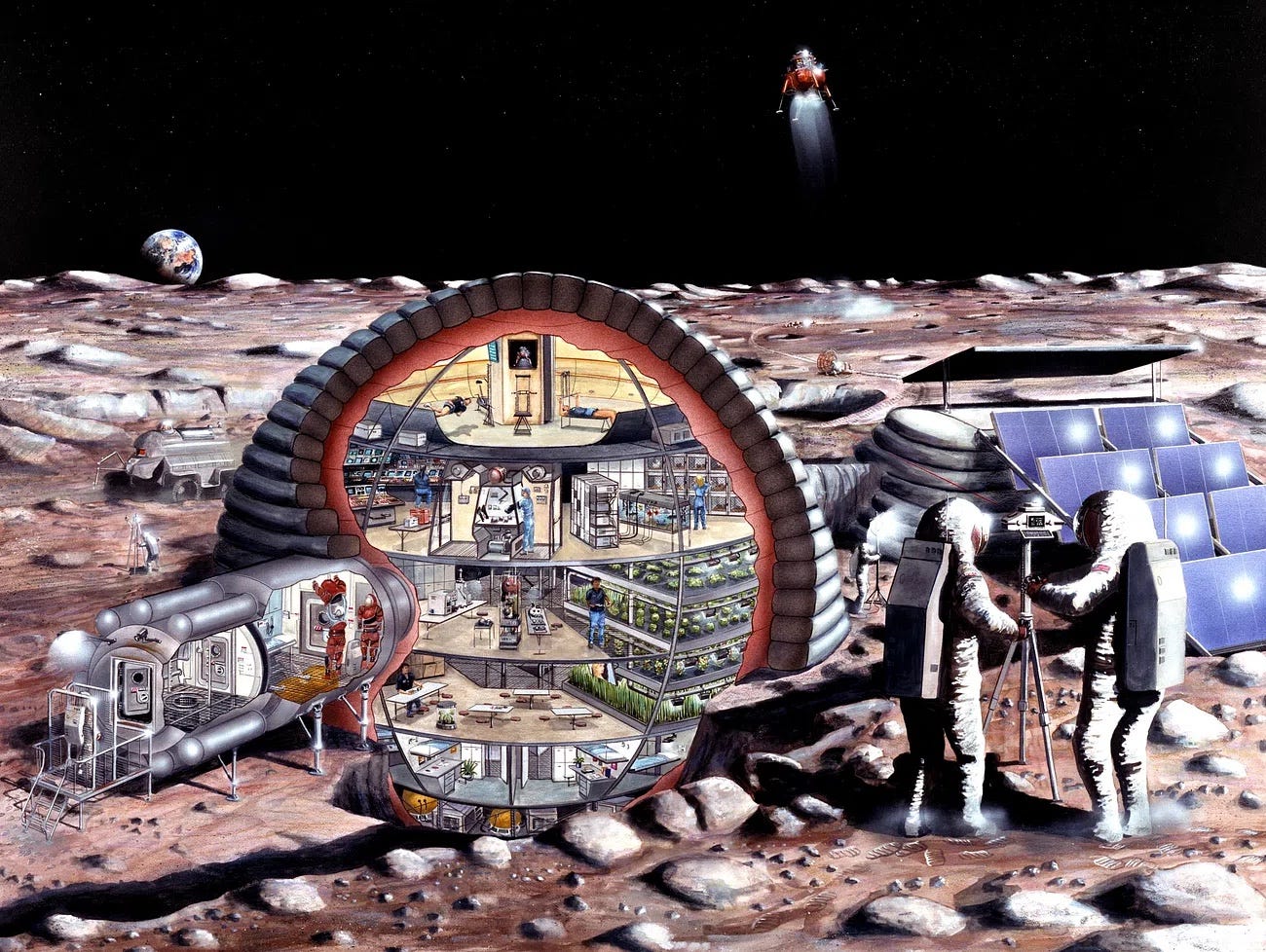
10. **Building a Home on Mars: The Challenge of Durable Habitats**Establishing a habitable environment on Mars is an engineering feat that defies conventional architectural thinking. The Red Planet’s extremely thin atmosphere, which is essentially a vacuum akin to being on Earth at 100,000 feet, presents an immediate and critical challenge for habitat design. Stan Love starkly notes that the idyllic, transparent domes often depicted in science fiction are largely impractical and would simply “blow out” due to the significant internal atmospheric pressure required to sustain human life, compared to the near-zero external pressure.
Therefore, any durable Martian habitat must be capable of withstanding this immense pressure differential, maintaining a breathable atmosphere against the vacuum of space. Coupled with the relentless cosmic radiation, which necessitates shielding equivalent to 30 feet of dirt, this means that surface structures are largely untenable for long-term survival. The solution, as Love explains, will likely involve humans spending the majority of their time living predominantly underground, utilizing the Martian regolith as natural protection.
This fundamental requirement for subterranean living dictates the very architecture of a Martian base, shifting away from lightweight surface structures to heavily protected, robust subterranean dwellings. The engineering challenge lies in designing and constructing habitats that are not only structurally sound enough to contain pressure and shield from radiation but also provide a psychological refuge for astronauts during years of isolation. Creating these durable, resilient homes in an alien environment is a pivotal step towards a sustainable human presence.
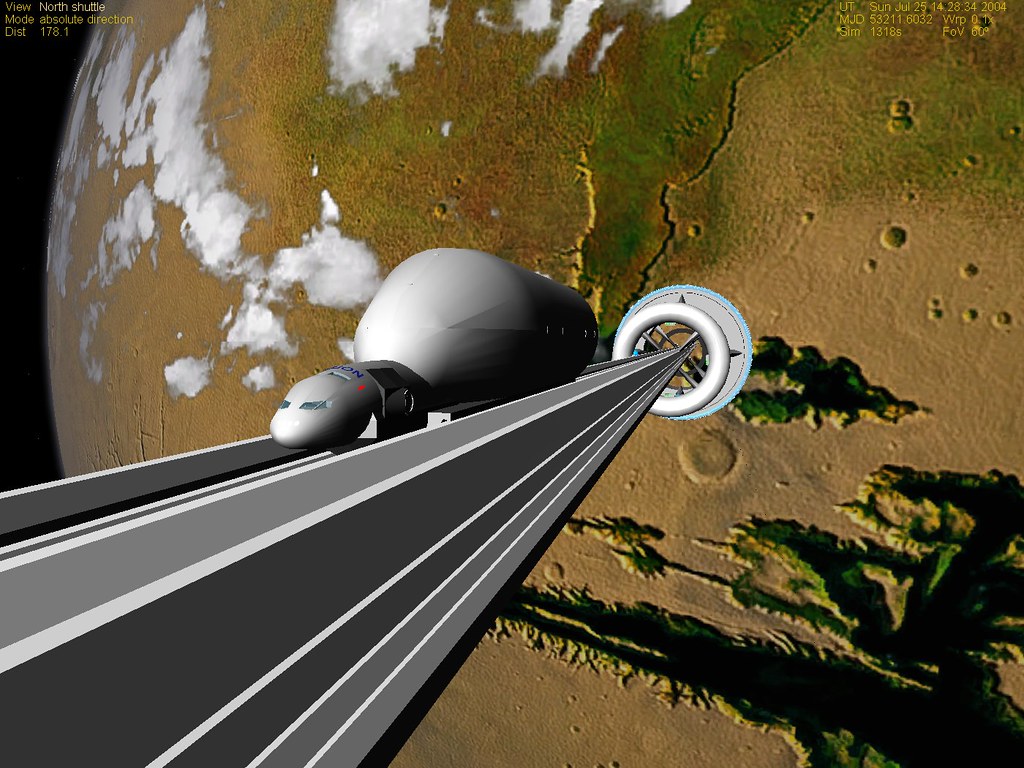
11. **The Martian Launchpad: The Ordeal of Returning Home**While reaching Mars and surviving on its surface present monumental challenges, the task of launching a return journey from another planet is arguably one of the most Herculean feats of all. Earth’s space launches, as Stan Love highlights, rely on the vast infrastructure of places like Kennedy Space Center, with thousands of dedicated people and immense hardware. Astronauts returning from Mars, however, will face the unprecedented task of launching themselves off a planet without the benefit of any such ground support, gantries, towers, or vehicle assembly buildings. They will have to bring and assemble all of this infrastructure themselves.
The complexity of this undertaking is underscored by a comparison to lunar missions. Taking off from the Moon, Stan Love explains, was “easy” in comparison because the Moon lacks an atmosphere to create drag and only possesses one-sixth of Earth’s gravity. This meant lunar ascent modules could be “blocky, clumsy looking thing[s]” that required minimal propellant. Mars, however, sits “intermediate between the Earth and Moon” in terms of gravity and possesses a thin atmosphere, making lift-off considerably harder than the Moon but slightly easier than Earth.
This unique challenge means that the astronauts will not only be explorers but also engineers, builders, and launch crew all rolled into one. They must orchestrate every aspect of their departure, from preparing the rocket to ensuring its integrity and functionality, all while operating in an isolated and unforgiving environment. The success of the entire mission hinges on their ability to autonomously and flawlessly perform this critical and complex planetary launch.
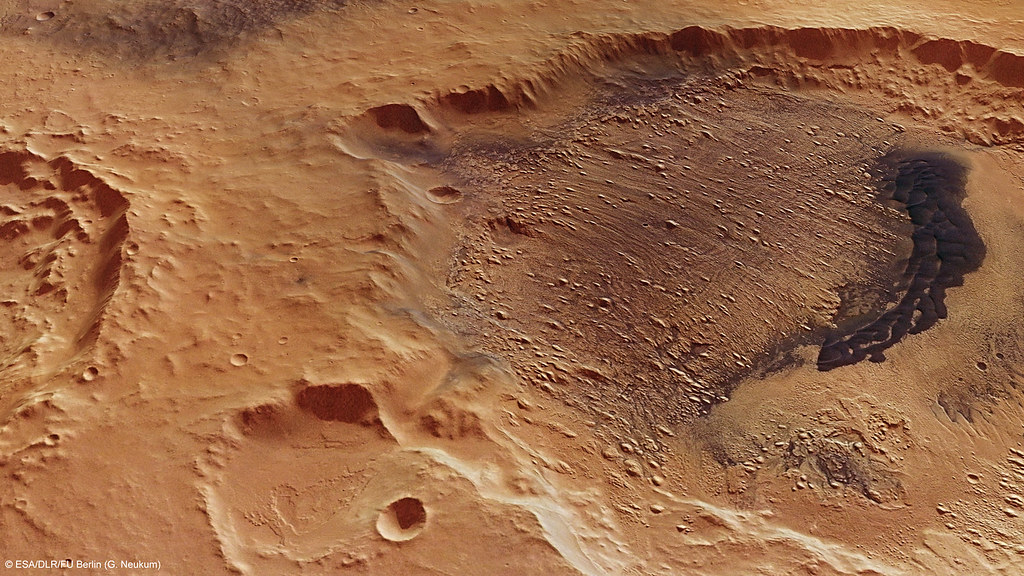
12. **Pre-deployment of Vital Cargo: Setting the Stage**Given the extraordinary complexities and the sheer scale of a human mission to Mars, it is almost universally agreed upon that such an undertaking cannot simply involve sending a crew and hoping for the best. Instead, an essential prerequisite for any human arrival will be the meticulous pre-deployment of vital cargo. Jeffrey Sheehy emphasizes this crucial step, stating that key equipment and supplies “would be put there and checked out before we even commit to sending astronauts.” This ensures that a foundational infrastructure is in place, ready and verified, long before human boots ever touch Martian soil.
This strategic forward deployment would involve sending large cargo missions carrying everything from life support systems, power generators, scientific instruments, and potentially even parts of the habitat modules or chemical refineries needed for In-Situ Resource Utilization. By sending these assets ahead of time, mission planners can mitigate risks, confirm functionality, and establish a baseline for human operations. It also allows for troubleshooting and adjustments to equipment before the invaluable human element is put in harm’s way.
The sheer size of the projected human Mars spacecraft further highlights the necessity of pre-deployment. Sheehy and Rucker estimate that a vessel carrying humans to Mars would need to be at least the size of a football field in length, depending on propulsion and crew size—ranging from slightly smaller than the International Space Station to significantly larger. Preparing such an enormous, complex mission requires staged approaches, with cargo acting as the vanguard, paving the way for the human pioneers who will eventually follow. It’s about meticulously setting the stage, piece by critical piece, for humanity’s next giant leap.
The journey to Mars, as we have seen, is a tapestry woven with scientific marvels and profound engineering dilemmas, a cosmic quest demanding unparalleled ingenuity and resilience. While the Red Planet beckons as humanity’s next great frontier, it also stands as an enduring testament to the sheer “hard” nature of interplanetary exploration. Yet, this is not a narrative of impossibility, but a powerful call to innovation. Every challenge, from the pervasive dust storms to the arduous task of launching a return vehicle from an alien world, is met with dedicated research, groundbreaking technological development, and the unwavering spirit of human endeavor. The obstacles are immense, undeniably so, but the relentless pursuit of knowledge, the dream of touching another world, continues to propel us forward, transforming what seems impossible today into the profound achievements of tomorrow. As Michelle Rucker aptly states, “We are laying a lot of the ground work for going to Mars,” ensuring that when humanity finally makes that leap, it will be not just a journey, but a testament to our collective will to explore and adapt.



